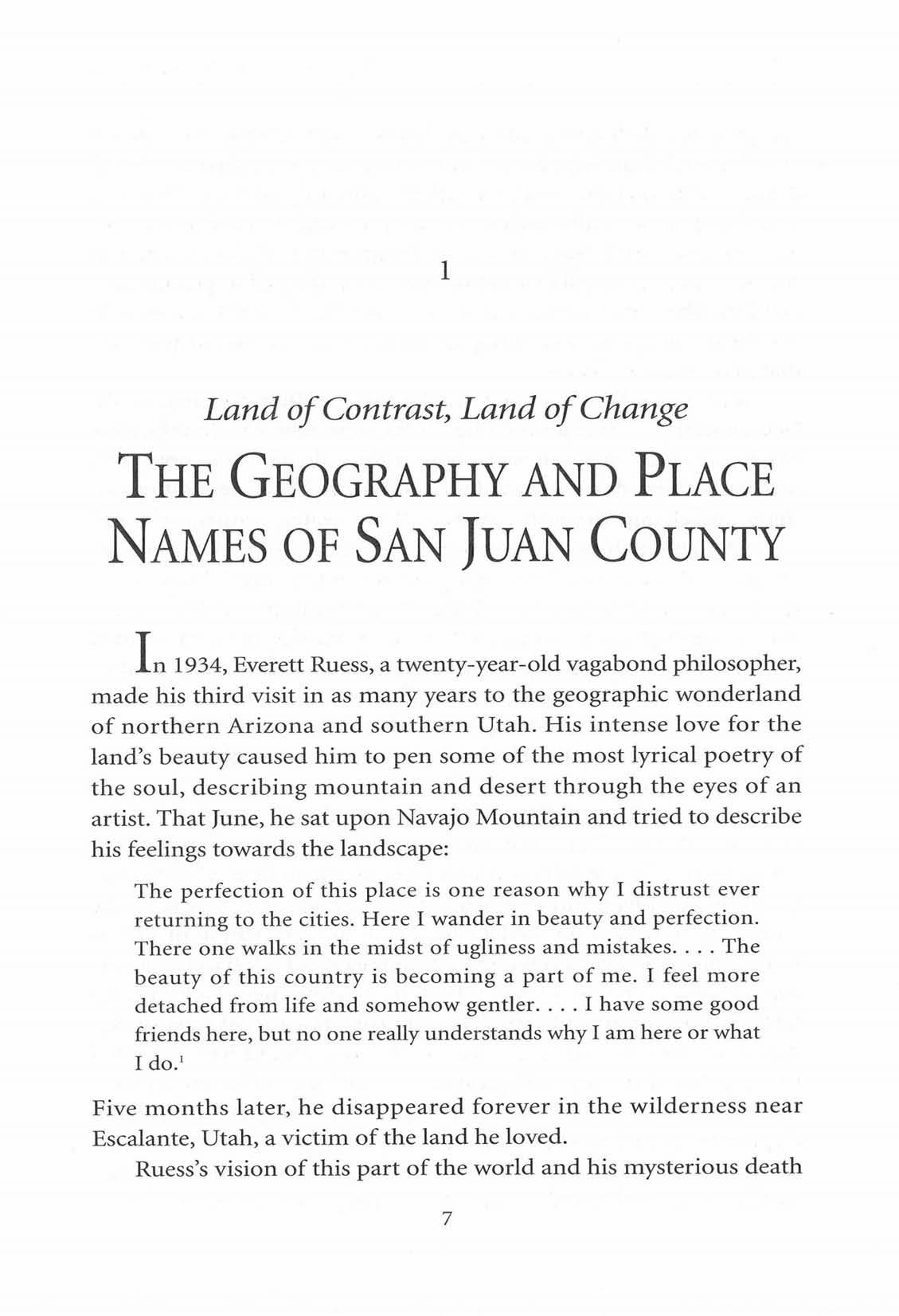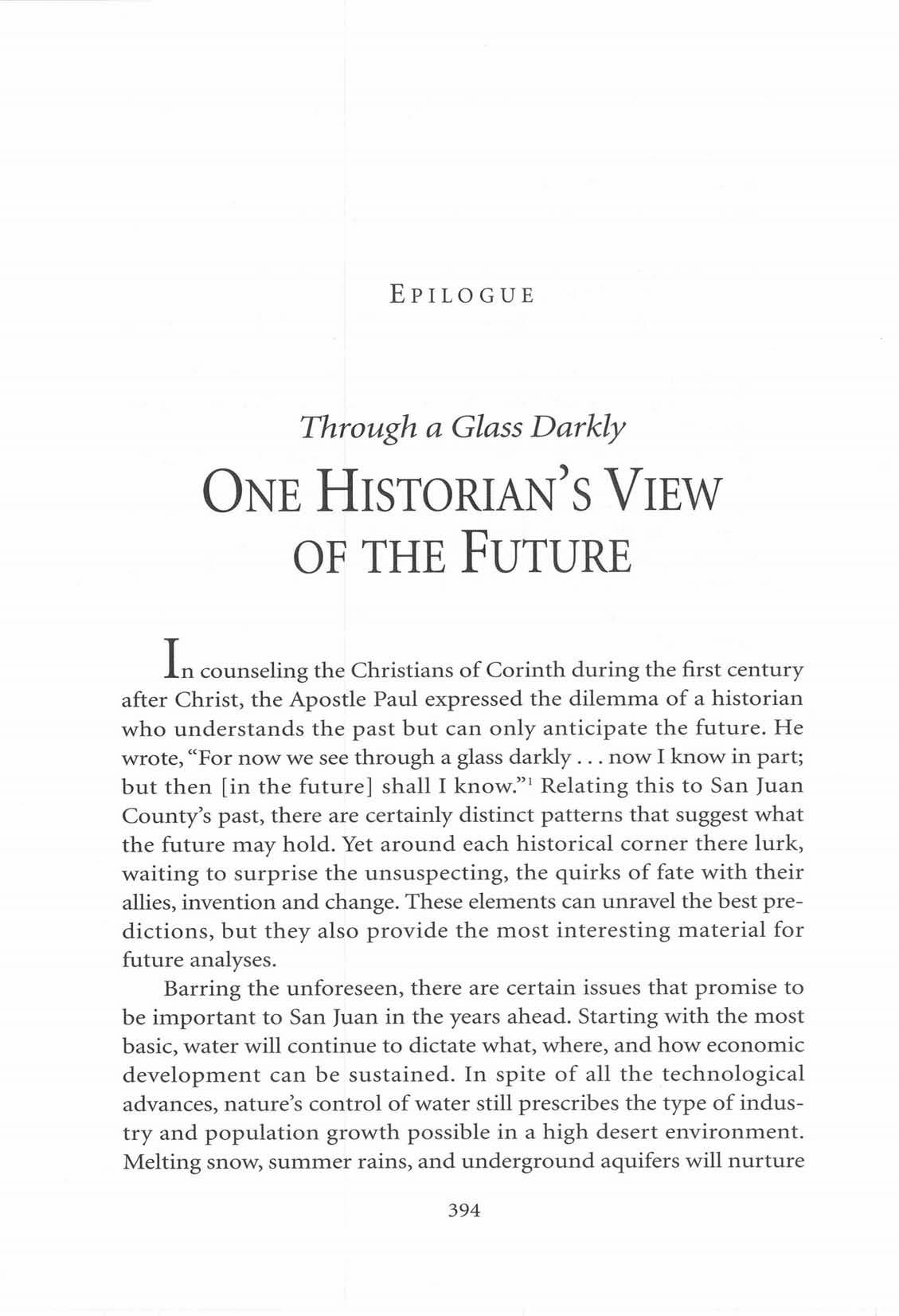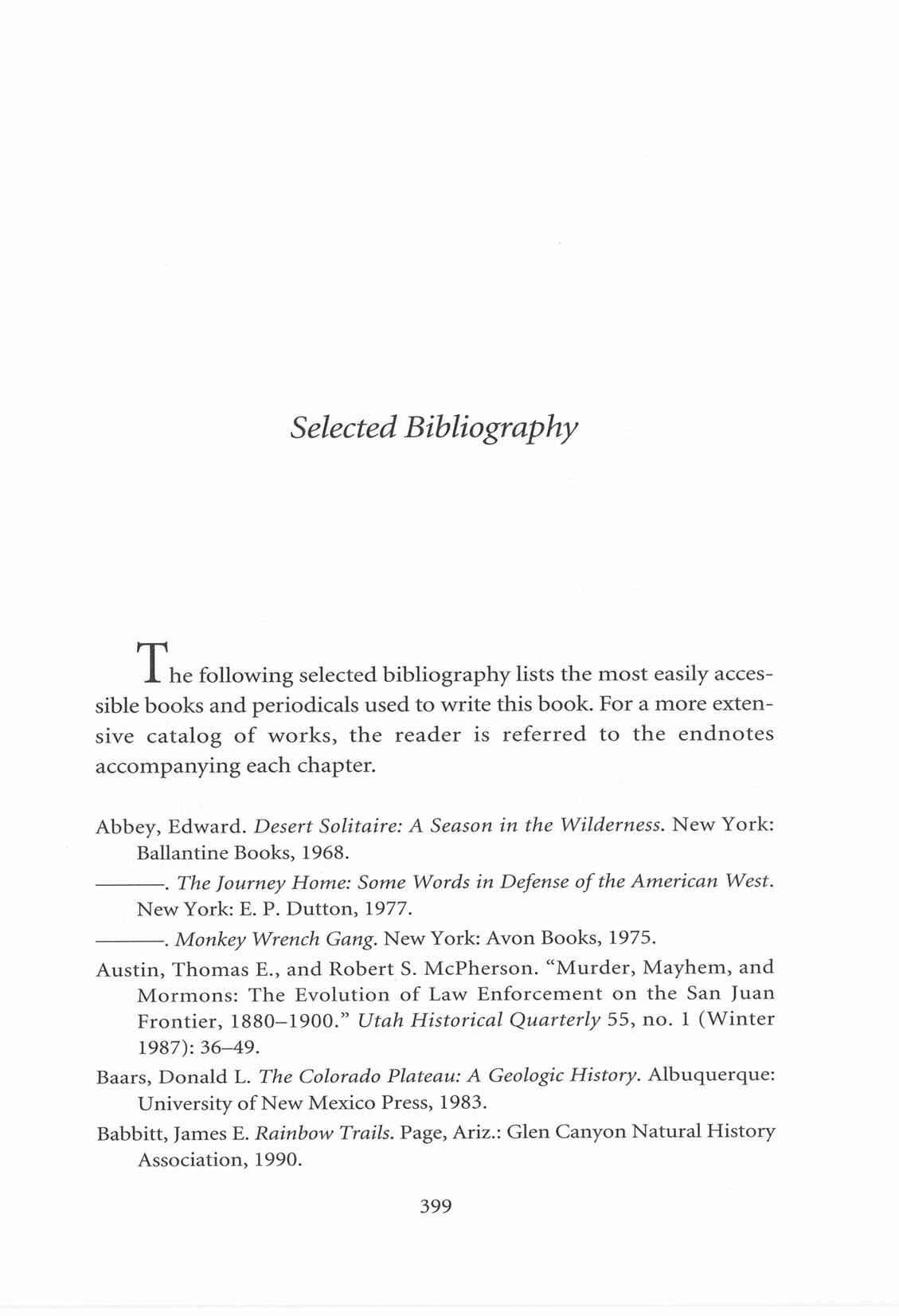Pushing the Line
NAVAJO CONFLICT AND Following their release from Fort Sumner in 1868, Navajos returned home and then pushed beyond their reservation borders in search of water for agriculture and grass for their livestock. By 1880 they encountered in southeastern Utah the early stages of Mormon and non-Mormon homesteading-white settlers attracted to the area by the waters of the San Juan River. Although only the Utes could justify a strong aboriginal claim to the area, the two most active groups in the region-Navajos and Anglos-were farmers dependent on water for crops and keepers of livestock who were interested in the open ranges. For approximately fifty years both sides competed for land ownership; however, unlike many scenarios acted out elsewhere in the American West, here the Native Americans triumphed. Additions to reservation lands in 1884, 1905, and 1933 were enacted despite political and economic opposition from the white community. The tale of how the Navajos succeeded is the topic of this chapter. In April 1880 a large contingent of Mormons arrived at Bluff, having endured an arduous six-month journey along the Hole-in-





















